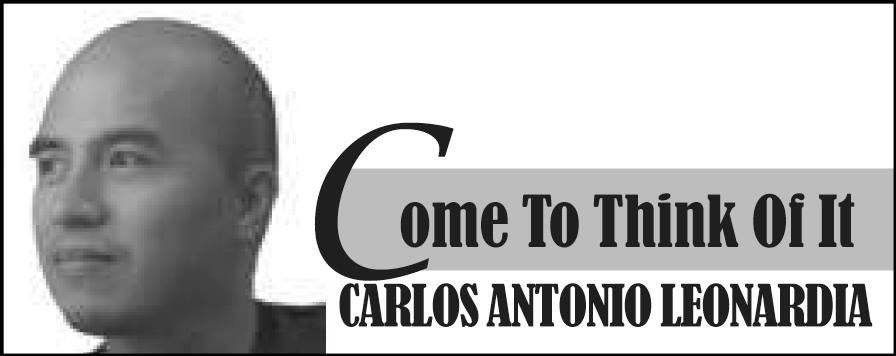
“Credit to the owner” or CTTO is one of my favorite red flags in the internet and social media.
A CTTO on any social media post immediately warns me that the person sharing it was too lazy to take the time to figure out who or where it originally came from and give it proper credit. It is an instant red flag for me because a person like that probably cannot be bothered to do any basic fact checking as well.
In most cases, people simply use CTTO because they really like the post but do not know the identity of the original source. They don’t know if the source is legitimate, a fake news peddler, or a troll farm, but because they have some sort of awareness of the importance of copyright, they put in CTTO just to make sure they won’t get into too much trouble.
It’s like using the signal or hazard lights of a car. Some people don’t know what it’s really for but they use it a lot anyway. They use it often, but wrongly.
The use of CTTO has been so pervasive that many believe that posting content that is not theirs and simply ending with a CTTO already equates to crediting the original source.
The first sin of CTTO is that it is a lazy way of trying to avoid copyright infringement and if we are going to be strict about it, a simple CTTO gives zero credit to the original creator. If you come to think of it, that content being shared with a CTTO was created by somebody who probably put it out on the internet to gain some views, clout or popularity. Reducing their efforts to a 4-letter-acronym is an insult to the hard work they put into their memes.
Unfortunately for the serial CTTO’ers, under the Intellectual Property Code of the Philippines, violating a person’s copyright over a creation may result in the payment of fines and/or imprisonment.
So, for those who love to use CTTO, try to take a little more effort into finding the original source and giving them credit in order to avoid any trouble.
The beauty with looking for the owner of the content before sharing is the practice it also serves as due diligence and helps us from sharing fake news and misinformation. With so many sources of information on social media, including legitimate news outlets, respected opinion writers, verified personalities, satire, questionable folk, all the way to fake news purveyors and troll farms; it helps to tell your circle of friends and followers where the crap you are sharing came from.
My personal rule is that I either stop reading or relegate whatever I’m reading to dubious status anytime I see a CTTO because life is too short to waste on misinformation. It doesn’t matter if it’s good news, bad news, well written, or extremely funny. If there’s a CTTO, I’m planting a red flag on it.
However, there are always exceptions to the rule and for the CTTO posts that grab and hold my attention despite the initial giant red flag, I try to do my own research and only consider its merits and possibly share after tracking down the owner/creator. Of course, they should be properly credit if ever that happens.
In today’s highly polarized world that is drowning in fake news, disinformation, propaganda and outright lies, critical thinking will be a key skill for those of us who don’t want to make society worse. In that regard, the CTTO warning will hopefully be helpful in spotting dubious information and sources while at the same time helping those who create good content get the credit they deserve.
Let us try to be more responsible and discerning when it comes to the information we consume and share. So many people have already been hoodwinked and even brainwashed by the constant barrage of fake news and incendiary commentaries being spread by a well-funded groups with vested and selfish interests.
The recent elections is proof of what is possible for those who have no qualms about the means through which power is acquired. Now that the politicos have seen proof of concept, we should expect more of the same, and probably even for their strategies to evolve further. It will be up to us to strengthen our defenses from their attempts to change the narrative and even history into whatever suits their objectives best.
So, be wary of the CTTO. Whenever you see it, your spider sense should tingle. Take this article for example, which has 17 mentions of the acronym. That’s a lot of red flags. Just make sure you check the source before sharing it.*







